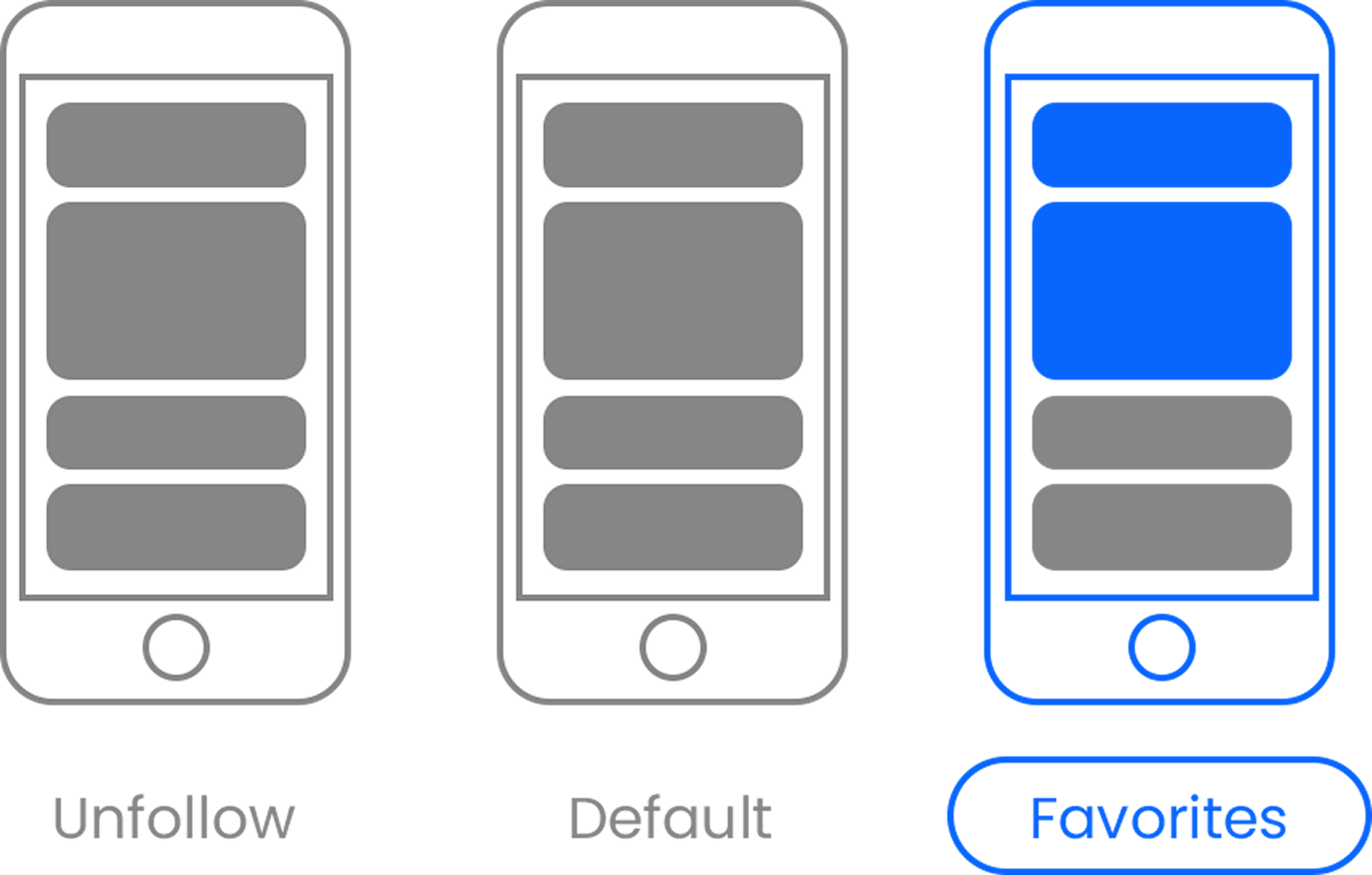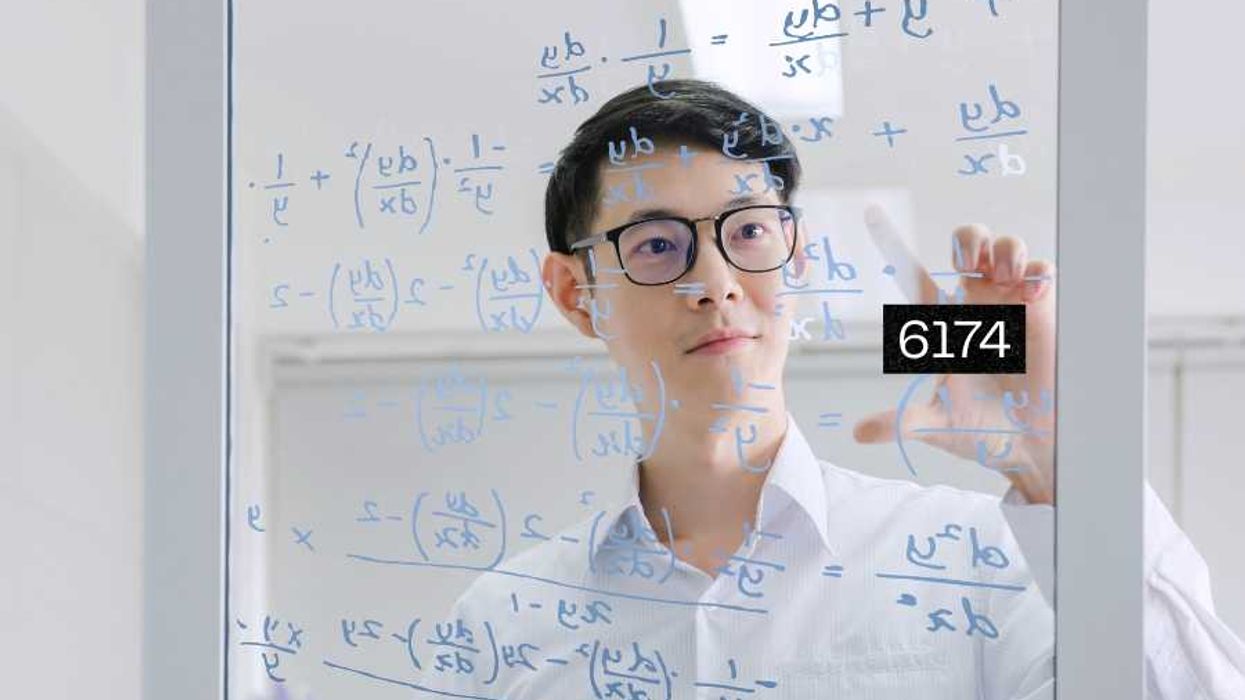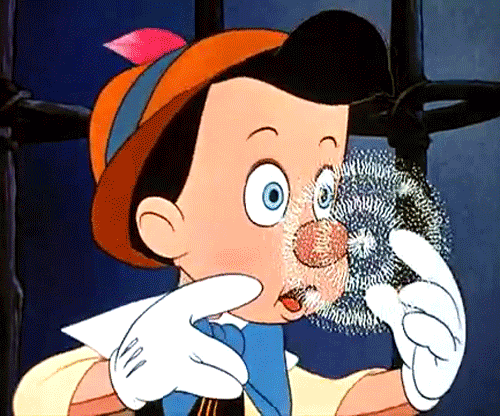Even if you flunked high-school algebra, become enraged at the sight of long division, or get stressed out by calculating a 20% tip for your restaurant check, you may find yourself fascinated to explore the weird, wild world of 6174—the four-digit sequence otherwise known in smart-people math circles as "Kaprekar’s Constant."
So, what makes this number so special? For the answer, we must first look back to the late Indian mathematician D. R. Kaprekar, who discovered a kind of algorithm with 6174 as the ultimate endpoint. In a mega-viral video for the YouTube channel Numberphile, University of Nottingham physics professor Roger Bowley offered a simple but fascinating breakdown of Kaprekar's findings.
- YouTube www.youtube.com
Here are the basics of Kaprekar’s Constant:
1. Start off with a four-digit number. "The conditions are that it has to have four digits, and these four digits mustn’t be the same," Bowley says in the clip. "So you have to choose maybe three of the same and one different—or all different. It doesn’t really matter. But you don’t choose 1111 or 0000." The example used in the video is 9218.
2. Rearrange those four digits in order from highest to lowest (9821)—and then again, from lowest to highest (1289).Then subtract the second number from the first number (9,821-1,289).
3. Repeat that same process until you reach 6,174. (In this case, Bowley’s initial subtraction left him with 8532. That number is already in order from highest to lowest, and the opposite order is 2358. That subtraction leaves us with—you guessed it—6,174.
"[Kaprekar] must have had more time on his hands than anybody else if he’s going to be playing with numbers to try and find something like this," Bowley says. "But that’s what mathematicians do, and I think it’s beautiful." And while, no, you’re probably not going to use this numerical sequence in your everyday life—other than maybe as a dinner-party trick—that doesn’t make it any less interesting. "Not everything has to be useful," Bowley adds, "to be appealing and fun."
@mrtrivedidoesmaths Try It Yourself. It ALWAYS Ends In 6174 😳 [Kaprekar Constant, 6174 Maths Trick, Cool Maths Facts, Maths Magic Number, Weird Maths Patterns, Maths Curiosity, Maths Patterns, NeilDoesMaths, MyEdSpace, Maths Riddles, Fun With Numbers, Why 6174 Is Special, Cool Number Facts, Maths For Beginners, Interesting Maths Topics, Maths Classroom Tricks, Number Facts, Surprising Maths, Maths That Blows Your Mind, Maths Inspiration]
"Possibly the coolest number in the universe"
The Kaprekar’s Constant phenomenon tends to make the rounds on the Internet every so often, appearing in everything from Reddit threads to X reposts to articles in The Guardian. It was even the focus of a rival clip from TikToker Mr. Trivedi Does Maths, who called 6174 "possibly the coolest number in the universe" in a breakdown video. Trivedi does another demonstration using the number 3524, noting that any number will give us our intended result in at most seven steps. In this case, it only takes three rounds.
As this article has demonstrated thus far, numbers can be weird. In a 2024 story, our friends at Upworthy explored another strange numerical fact: when people are asked to choose at random between 1 and 100, they seem to have a reliable, subconscious preference for 37. And as it turns out, there are, perhaps surprisingly, many possible reasons for that. "It’s humanity's go-to random number, one of our most prominent prime numbers, and most of all, our ideal number for making decisions," said researcher Derek Muller in summary. "Maybe that's why we're inclined to it naturally."
- YouTube www.youtube.com

















 Hungry and ready.Photo credit
Hungry and ready.Photo credit  The mac and cheese staple presentation.Photo credit
The mac and cheese staple presentation.Photo credit  Pizza ready from the oven.Photo credit
Pizza ready from the oven.Photo credit  Friends hover around the barbeque.Photo credit
Friends hover around the barbeque.Photo credit  Seafood platter on the beach.Photo credit
Seafood platter on the beach.Photo credit  Scarecrow watches over a vegetable garden.Photo credit
Scarecrow watches over a vegetable garden.Photo credit 



 Gif from Schitt's Creek via
Gif from Schitt's Creek via 
 People on a beautiful hike.Photo credit:
People on a beautiful hike.Photo credit:  A healthy senior couple.Photo credit:
A healthy senior couple.Photo credit:  A diverse group of friends together.Photo credit:
A diverse group of friends together.Photo credit:  A doctor connects with a young boy.
A doctor connects with a young boy.  Self talk in front of the mirror.Photo credit:
Self talk in front of the mirror.Photo credit:  Lightbulb of ideas.Photo credit
Lightbulb of ideas.Photo credit 

 Gif of Pinocchio via
Gif of Pinocchio via